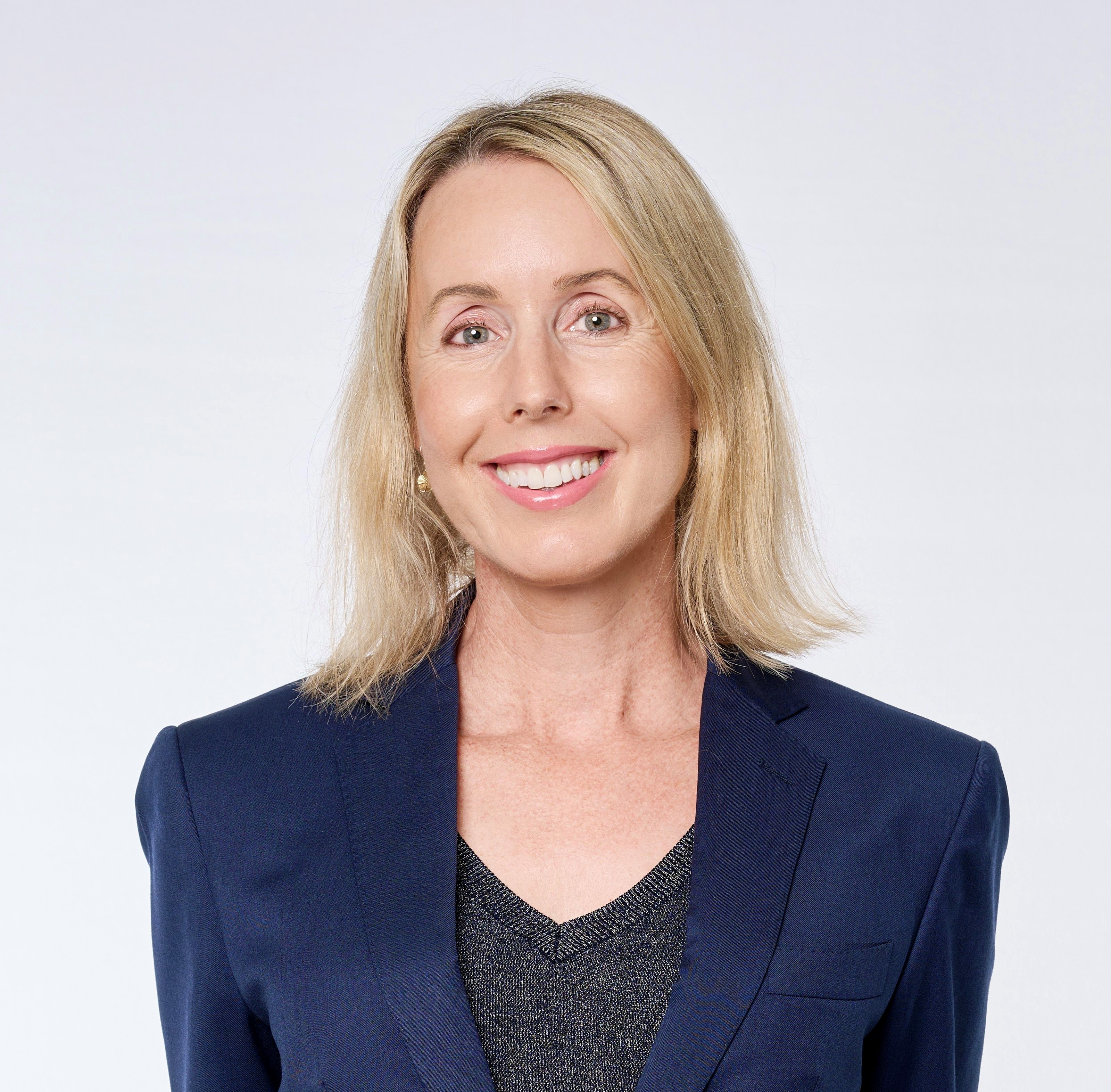
Preparation is paramount when it comes to skilled migration visas.
Employers who lodge applications with all the required documents have a greater chance of success than those who take a piecemeal approach.
Processing times are much quicker, too, says skilled migration specialist Dan Engles, Managing Director of Visa Solutions Australia.
“Problems arise when applications are incomplete,” Mr Engles told guests at our webinar: Can skilled migration solve your skills and labour shortages?
“If you include the wrong information or have missing information and the department case officer has to go back and look at the application again, delays occur.
“It’s much better to have a fully documented application so the case officer only has to look at it once to see if it meets all the requirements. It’s easier for them to approve.”
Processing times have climbed since last year, when border closures were still in place and a lower level of visas were being processed.
As demand for visas increases, waiting times have also gone up.
Added to that are the 2 million visas in backlog since Australia’s international border closed in March 2020, said fellow presenter Tony Melville, Ai Group’s Head of Corporate Affairs and in-house skilled migration expert.
“Now, we are in a global competition for skilled labour,” Mr Melville said.
“Even though employment is high in Australia, it’s still difficult to get people for certain jobs. A lot of those shortages are in technical skills and fields such as engineering, construction and ICT.
“Rising interest rates are putting the emphasis on lifting the supply capacity of the economy and raising productivity. Skilled migration is part of that.”
Common visas employers are using include:
“The SC400 is an important and popular visa for employers around the country because it’s the quickest one you get with work rights,” Mr Engles said.
The visa, which can be approved within a month when fully documented, allows a worker to spend six months of a 12-month period in Australia performing work that is highly specialised and not ongoing.
“In some cases, a worker on this visa can transfer to an SC482,” Mr Engles said.
The SC482 is popular among workers because it can provide a pathway to permanent residency if a four-year visa is obtained.
Workers themselves can apply for this visa. However, employers need to be aware that the document now has sponsorship obligations, including for a worker’s family.
The downside is the cost.
“The 482 is very expensive and it’s stopping a lot of people from getting access to it,” Mr Melville said.
“Ai Group is advocating for the cost of this to come down.”
Overall, visas and recruitment for each skilled migrant worker can cost an employer $20,000-$25,000.
Meanwhile, demand for Working Holiday visas, once popular among students and backpackers, remains low, despite the lifting of Covid border restrictions.
“Can skilled migration solve your skills and labour shortages?” Mr Engles said.
“‘Yes and no’ is the answer.
“As soon as borders were closed in March 2020, the number of arrivals just stopped. There was a clear pick-up when the borders opened in November 2021.
“However, the arrival of permanent visa holders has remained at the same level. The increase we have seen has been those holding temporary visas entering Australia.
“While we are starting to see an increase in student numbers, and we’ve seen a small increase in temporary work visas, the largest increase is in the category of visas that cover visitors who don’t have work rights.”
In another blow for business, many workers that manufacturers need are not on the Government’s list of occupations eligible for skilled migration.
Mr Engles said that without the right advice and support, the visa application process could be long and complicated.
“The immigration system is a game of lists,” he said.
“There are so many lists that apply, depending on which stream you’re trying to get into.”
To better support employers, Ai Group is advocating for an increase in permanent migrant intake.
“We want the number back up to 190,000 from 160,000 that the previous government took it down to,” Mr Melville said.
“We want the number linked to labour force growth and about 70% skilled.
“There are various categories, but the most important one for business and the economy is that skilled component of the permanent program.”
Ai Group is also arguing that the threshold of $53,900 – the lowest salary an employer can bring a skilled migrant on – should not be allowed to increase too much, to avoid shutting the door on skilled migration.
For more information, please contact Ai Group or Visa Solutions Australia.

Wendy Larter is Communications Manager at the Australian Industry Group. She has more than 20 years’ experience as a reporter, features writer, contributor and sub-editor for newspapers and magazines including The Courier-Mail in Brisbane and Metro, the News of the World, The Times and Elle in the UK.